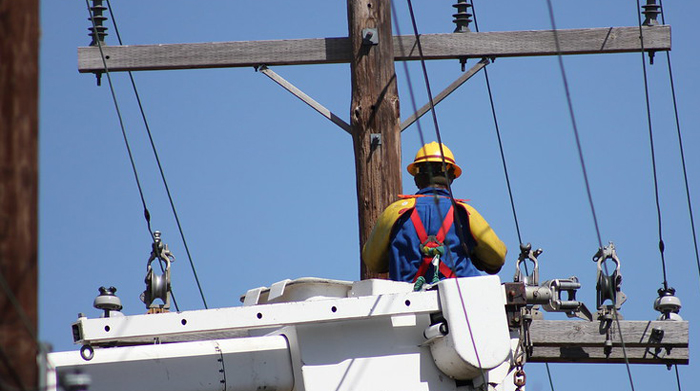Optimizing Power Restoration with Artificial Intelligence

Image courtesy of Elvert Barnes under Attribution-ShareAlike 2.0 Generic License, resized to 700 x 391 pixels.
I read an interesting article from T&D World that explained how artificial intelligence or AI can be leveraged to improve power restoration. It provides an excellent comparison of the ‘old way’ of restoration against newer, technology-based approaches. Let’s take a deeper dive.
How AI Can Enhance Power Restoration
In general, AI-enhanced power restoration can help utilities conquer 3 key challenges:
- Priority indexing: When massive damage occurs, it can be a challenge figuring out where to start. This can be very overwhelming. AI can be used to automatically prioritize recovery efforts, effectively solving this challenge.
- Route optimization: AI can provide a bird’s-eye view to help map the optimal repair route.
- Immediately actionable data: Technologies such as drones and fixed cameras provide images that AI algorithms can automatically analyze, avoiding the need to manually assess the data.
One of the specific technologies the article focused on is the use of AI-powered drones. Here the main advantage when it comes to power restoration is the ability to accelerate the damage assessment process. This is because drones can be deployed immediately following a storm, whereas crews and employees can only begin this process when they are able to safely navigate the environment. This ‘wait until safe’ approach can delay the process for hours or even days in extreme cases.
Not only can AI-powered drones start assessing damage immediately, but they are also a safer alternative than sending people into the field. They can also facilitate the real-time transmission of assessment data, including images and coordinates, to all but eliminate any downtime.
Technology like artificial intelligence is a godsend for emergency response. Any tool that can be leveraged to reduce power restoration times not only helps utility emergency personnel, but it also benefits customers, regulators, and other stakeholders. Hopefully, in the near future this type of technology will become ubiquitous, making everyone’s lives just a little bit easier.



